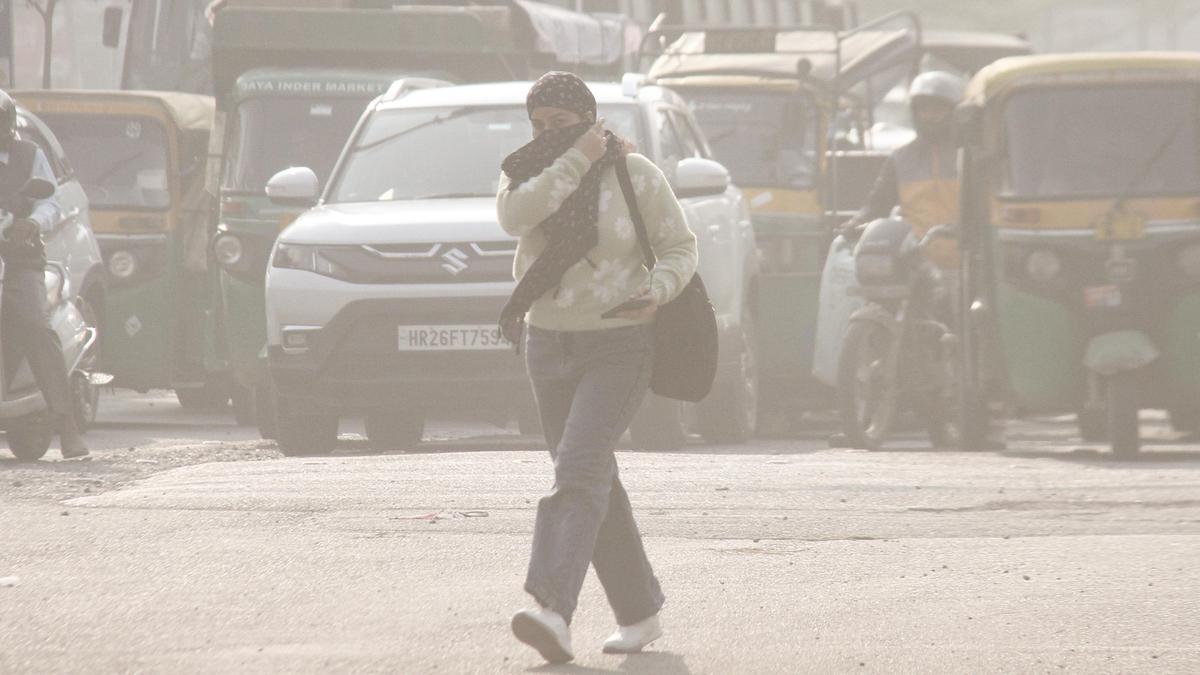Home / Environment / India's Air Pollution Spans All Districts
India's Air Pollution Spans All Districts
25 Nov
Summary
- 60% of Indian districts exceed national PM2.5 air quality standards.
- No Indian district meets WHO's stringent PM2.5 air pollution guidelines.
- Winter sees 82% of districts exceeding air quality standards.

New satellite data indicates that PM2.5 pollution is a pervasive issue across India, with 60% of districts exceeding national air quality standards. Critically, no district meets the World Health Organization's recommended guideline of 5 micrograms per cubic meter. This widespread pollution, particularly severe in winter when 82% of districts exceed standards, necessitates a broader approach to clean air planning that extends beyond urban centers.
The study highlights significant regional disparities, with Delhi and northeastern states showing high levels of pollution. While southern India generally experiences lower concentrations, even these areas surpass WHO guidelines. Seasonal analysis reveals a dramatic increase in pollution during winter and post-monsoon periods, linked to emissions and weather patterns, underscoring the persistent nature of the problem.
Experts recommend integrating satellite data into national clean air programs and implementing airshed-based management frameworks. These strategies aim to create accountability and extend clean air policies to non-metropolitan areas, ensuring that millions currently exposed to chronic pollution are included in mitigation efforts.



